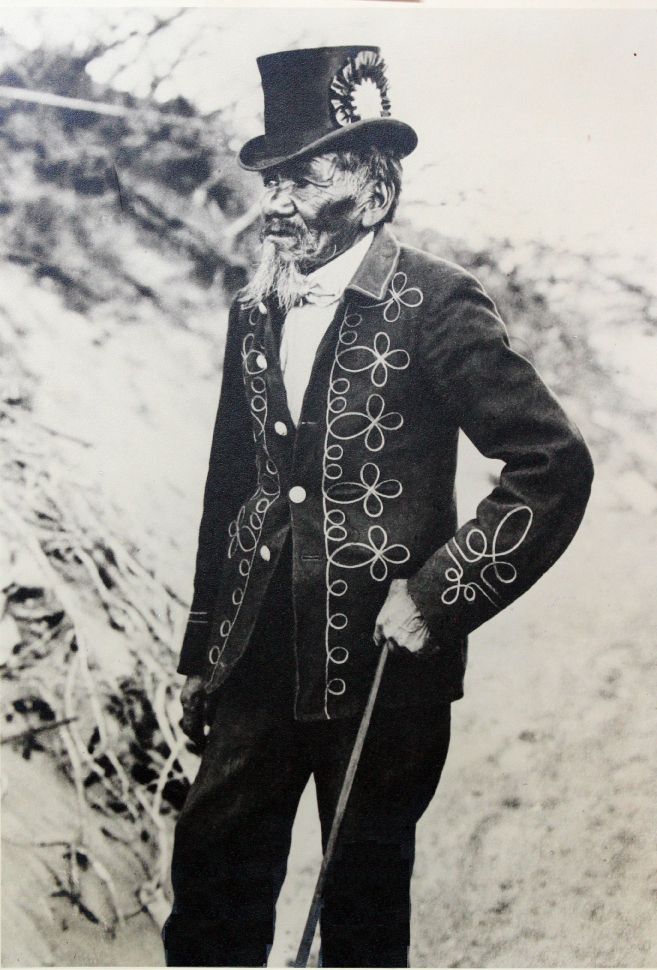Carson City Nevada State Historic Marker Number 44 is located at the State Capital of Nevada in Carson City.

Nevada State Historical Markers identify significant places of interest in Nevada’s history. The Nevada State Legislature started the program in 1967 to bring the state’s heritage to the public’s attention with on-site markers. Budget cuts to the program caused the program to become dormant in 2009. Many of the markers are lost of damaged.
Nevada State Historic Marker Text
In 1851, Frank and Warren L. Hall, George Follensbee, Joe and Frank Barnard and A.J. Rollins established one of the state’s oldest communities, Eagle Station, a trading post and ranch on the Carson Branch of the California Emigrant Trail. The station and surrounding valley took their name from an eagle skin stretched on the wall of the trading post.
In 1858, Abraham Curry purchased much of the Eagle Ranch after finding that lots in Genoa were too expensive. Together with his friends, Jon Musser, Frank Proctor and Ben Green, Curry platted a town he called Carson City. Curry left a plaza in the center of the planned community for a capitol building should a territorial state seat of government eventually be located in his town.
In March 1861, Congress created the Nevada Territory. Seven months later in November, Carson City became the capital of the territory due to the efforts of Curry and William M. Stewart, a prominent lawyer. When Nevada became a state three years later, Carson City was selected as the state capital, and by 1871, the present capitol building was completed in the plaza Curry had reserved for it.
STATE HISTORICAL MARKER No. 44
STATE HISTORIC PRESERVATION OFFICE
CARSON CITY HISTORIC COMMISSION
Nevada State Historic Marker Summary
| Name | Carson City, Nevada State Historic Marker |
| Location | Carson City, Nevada |
| Nevada State Historic Marker Number | 44 |
| Latitude, Longitude | 39.1639, -119.7670 |
Nevada State Historic Marker Location
This Nevada State Historic Marker can be reached from South Carson Street (U.S. 395/50) near East Musser Street. The marker is located on the grounds of the Nevada State Capitol Plaza on the main walkway to the Capitol building. Marker is at or near this postal address: 149 South Carson Street, Carson City NV 89701, United States of America


